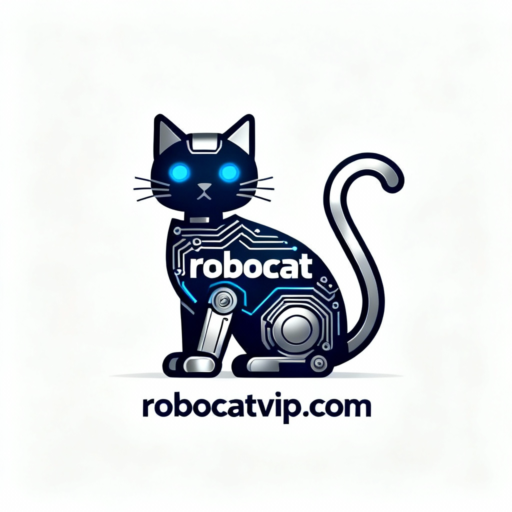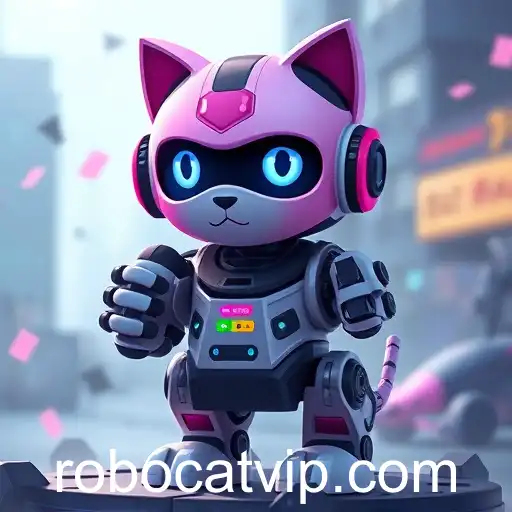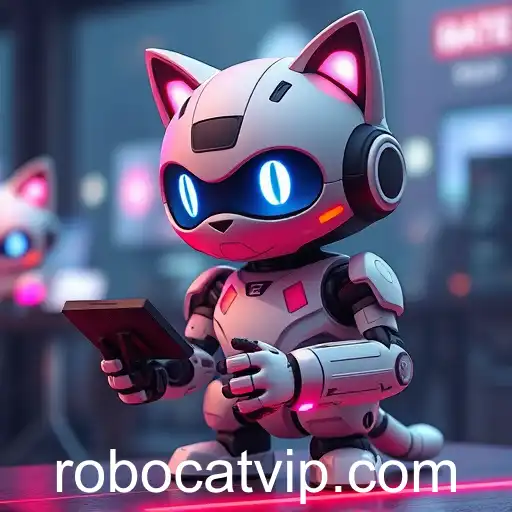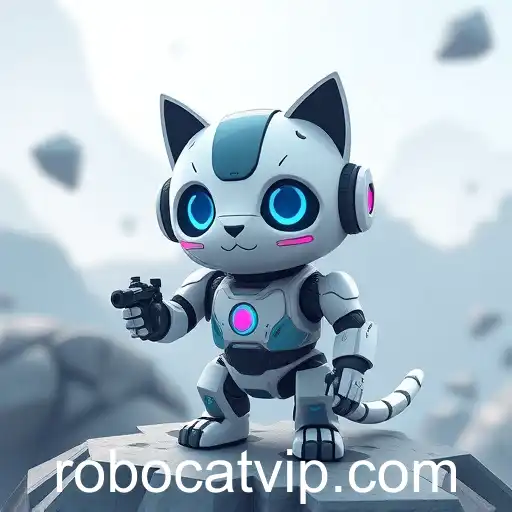
The Rise of Robocat in AI Pet Technology
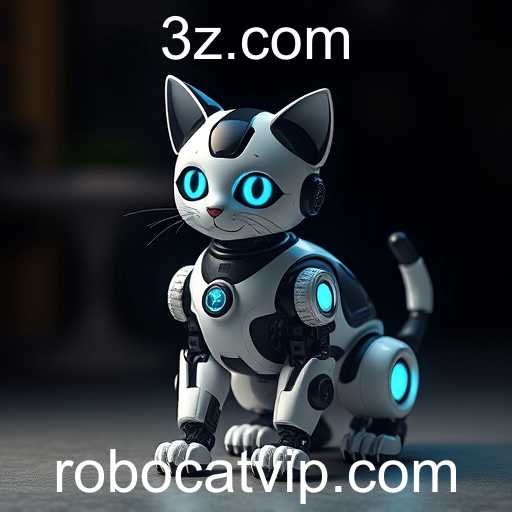
In recent years, the concept of human-robot interaction has taken a fascinating turn with the introduction of "Robocat," a revolutionary advancement in AI-driven pet technology. The rapidly developing field of robotic pets has seen significant growth, especially as people explore alternative companionship due to current lifestyle changes. The popularity of Robocat has notably surged as individuals seek companions that combine the emotional allure of traditional pets with the convenience and advanced functionalities of robotics.
The epidemic of loneliness exacerbated by urban living, longer work hours, and the impact of global crises have all contributed to the demand for AI companions that provide interactive experiences without the responsibilities typically associated with real pets. Robocat, much like its contemporaries in robotic pet technology, offers a highly interactive, maintenance-free relationship that appeals to tech enthusiasts, families, and solitary dwellers alike.
Equipped with sophisticated artificial intelligence, Robocat can mimic feline behavior, recognize and respond to human emotions, and even learn from interactions. This has made Robocat a centerpiece in discussions about the ethical and social implications of integrating AI into daily life. Experts argue that while Robocat can never truly replace the emotional depth of a living cat, its ability to provide companionship and mental stimulation is immensely beneficial, particularly for elderly individuals and children.
The rising trend of robotic pets like Robocat also aligns with greater environmental awareness. For those conscious of the ecological impact of traditional pet ownership, including the carbon footprint from manufacturing pet products, robotic pets represent a sustainable alternative. Moreover, the tech industry’s evolution towards more eco-friendly manufacturing processes supports this trend, promising a future where technology and environmental sustainability coexist.
Furthermore, Robocat's development signifies a broader shift toward integrating AI in everyday life, influencing various sectors from education to healthcare. Robotic pets may soon contribute to areas such as therapeutic settings, where their presence can provide comfort and support without the unpredictability of live animals.
As researchers and developers continue to enhance the capabilities of robotic pets, the societal acceptance of AI companions like Robocat will likely increase. The ongoing dialogue around the humanization of AI, ethics of artificial companionship, and the future of work-life balance in technologically driven societies will further shape the path of Robocat and its successors in augmenting the human experience.
In conclusion, the emergence of Robocat symbolizes the cutting edge of pet technology, marrying convenience, interactivity, and modern needs with user-centric innovation. As the world navigates an increasingly digital future, concepts like Robocat will play a vital role in defining the next era of companionship, reflecting broader technological trends and societal changes.
The Rise of 'Robocat': A Gaming Phenomenon
Exploring the impact and evolution of the 'Robocat' game on the global gaming community in 2025.
The Digital Playground: Robocat's Evolution
Exploring the evolving landscape of digital gaming with Robocat as a central theme.
Robocat: The Gaming Revolution
Exploring the impact of the Robocat phenomenon on the gaming industry.
 Skip to content
Skip to content
